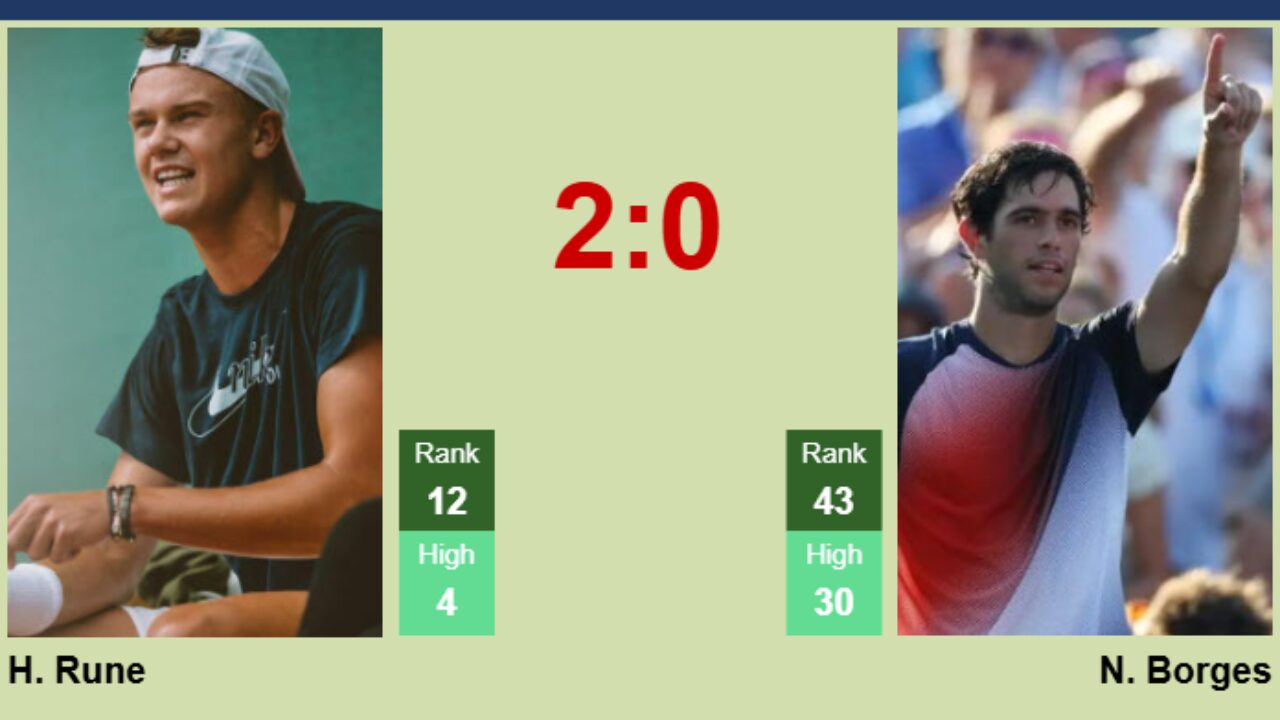Alright, let’s dive into this “rune tennis prediction” thing I’ve been messing around with. It’s been a bit of a wild ride, and I figured I’d share the nitty-gritty details.

So, it all started with me just being bored, honestly. I was looking at some tennis data, you know, win rates, head-to-head stats, that kinda jazz. Then, completely out of left field, I remembered those old rune stones. Don’t ask me why. I just thought, “Hey, what if I could somehow use runes to predict tennis matches?” Crazy, right?
First, I had to figure out the whole rune thing. I spent a bunch of time online, reading about different runes, their meanings, their supposed powers, the whole shebang. It was like stepping into a weird history class mixed with a fortune-telling seminar.
Then came the tricky part: mapping the runes to tennis stuff. This was pure guesswork, I won’t lie. I decided to assign certain runes to different aspects of a player’s game. Like, maybe the “Fehu” rune (wealth, prosperity) could represent a player’s overall winning percentage. Or the “Thurisaz” rune (defense, protection) could stand for their ability to defend against break points. It was all completely arbitrary, but hey, you gotta start somewhere.
Next, I cobbled together some Python code. I grabbed a bunch of historical tennis match data from some free sources online. I had to clean it up a bit, because, you know, raw data is always messy. Then, I wrote a script to assign runes to each player in a match based on their stats. So, for each player, I’d end up with a “rune profile” – a set of runes that supposedly represented their strengths and weaknesses.
After that, I needed a way to “interpret” these rune profiles. I messed around with a few different ideas. At first, I tried just comparing the runes directly. Like, if Player A had more “offensive” runes than Player B, I’d predict Player A to win. But that didn’t work at all.

Then, I tried assigning numerical values to each rune based on its meaning and then summing them up for each player. So, maybe “Fehu” was worth 5 points, “Thurisaz” was worth 3 points, and so on. Then, I’d predict the player with the higher score to win. This was slightly better, but still pretty random.
Finally, I decided to get a bit fancier. I figured, “Hey, machine learning is all the rage, why not give it a shot?” So, I fed my rune profiles and match outcomes into a simple machine learning model (I used scikit-learn in Python, if you’re curious). I split the data into training and testing sets, trained the model, and then tested it to see how well it predicted the outcomes of new matches.
The results? Well, let’s just say I’m not quitting my day job anytime soon. The model was barely better than just randomly guessing. Sometimes it would have a hot streak and predict a bunch of matches correctly, but then it would crash and burn.
Look, I know it’s a long shot, but it was a fun little project. I learned a bit about runes, a bit about data analysis, and a bit about the limitations of machine learning. Will I be using runes to predict tennis matches professionally? Absolutely not. But hey, it was worth a try, right?
- Learned about runes: Explored their meanings and history.
- Data collection and cleaning: Gathered and prepared tennis match data.
- Python scripting: Wrote code to assign runes and run machine learning models.
Final Thoughts
So yeah, that’s my “rune tennis prediction” saga. It was a weird, wild ride, but I had a blast doing it. And who knows, maybe someday I’ll figure out a way to make it work. Or maybe I’ll just stick to watching the matches and enjoying the game. Either way, it’s been a good time.







